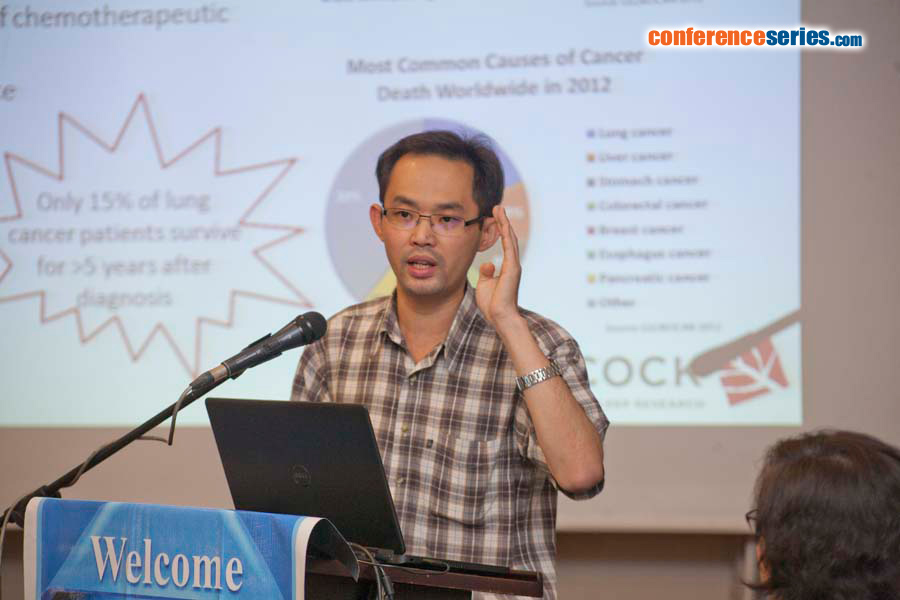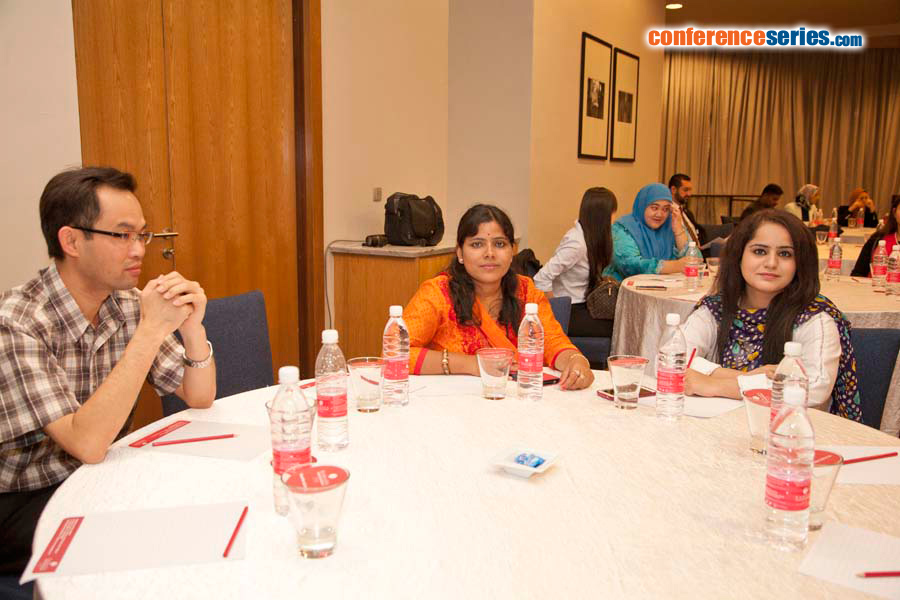
Wing Hin Lee
Woolcock Institute of Medical Research, Australia
Title: Development of inhalable paclitaxel and curcumin formulation for lung cancer therapy
Biography
Biography: Wing Hin Lee
Abstract
Chemotherapy is a first-line treatment for advanced stage of lung cancer in which chemotherapeutic drugs are administered intravenously for systemic circulation. Even though the basic principle of chemotherapeutic drug is to inhibit the proliferation of cells growing at an abnormal state, it should not be overlooked that most chemotherapeutic drugs is toxic to neighbouring healthy tissues (pain, nerve damage, allergic reactions etc.). Owing the route of administration, the delivery of chemotherapeutic drugs is often not target-specific, hence the unavoidable toxic effects. Inhalation of chemotherapeutic agents could be an effective approach to deliver sub-optimal concentration of chemotherapeutic drugs at tumor region while significantly reduces the toxicity effects towards healthy local tissues or other organs. In this study, inhalable formulations containing paclitaxel (PAX) and curcumin (Cur) has been engineered via milling technique. Our results demonstrated that these formulations had superior aerosol performance as fine particle fractions (FPF) were above 60% while mass median aerodynamic diameter (MMAD) ranged between 2 to 3 μm. In addition, the efficacies of mono-therapy (PAX or Cur alone) or co-therapy were evaluated with human lung carcinoma (A549), human lung adenocarcinoma (Calu-3) and non-cancerous human bronchial epithelial cells (Beas-2B). It was noted that co-formulation of PAX and Cur demonstrated synergistic killing against A549 cells compared to mono-therapy. In addition, the viability of Beas-2B cells was low when PAX alone was used based on MTS, apoptosis and cell cycle assays. The introduction of Cur significantly improved the viability of Beas-2B cells. In conclusion, PAX and Cur particles could be delivered via pulmonary administration for lung cancer treatment. The presence of Cur provided protective effects towards healthy cells.
Speaker Presentations
Speaker PPTs Click Here




